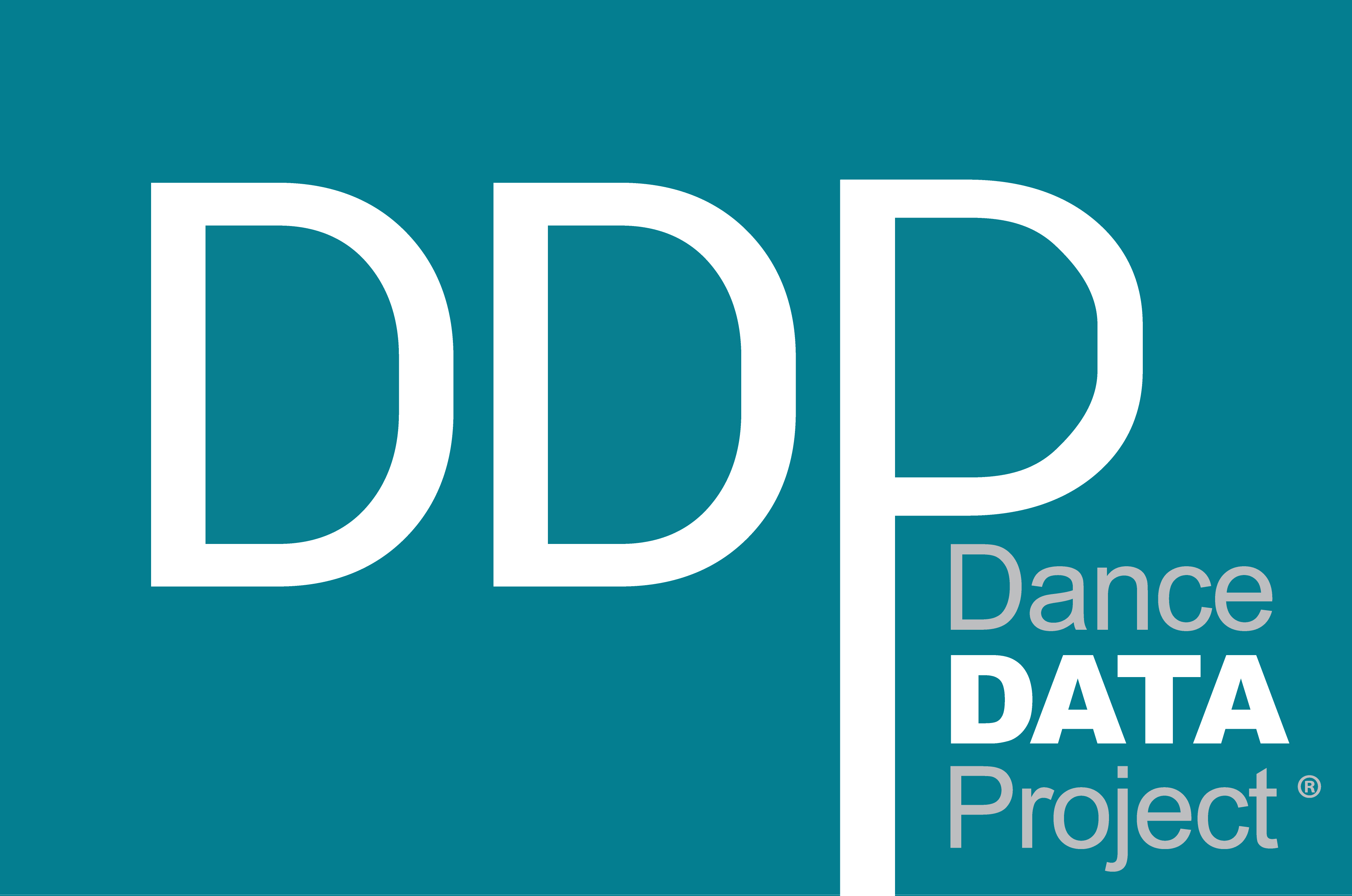Stitched Into Neighborhoods, Dance Studios Battle to Stay Open
Connecting the Dots – #YesThisIsAnArtsStory Repost from The New York Times
Siobhan Burke | 18 November 2020
“Good morning, dancers! Let’s get creative today,” Dwana Smallwood, with a bright and reassuring smile, told her students in a video posted to Instagram on March 20. Her dance studio, in the Bedford-Stuyvesant neighborhood of Brooklyn, had just closed for what she thought might be a few weeks. While her students were stuck at home, she was helping them stay active, inviting them to make their own 30-second dances with everyday objects like pillows and chairs.
“Make sure you get up and use your bodies,” she said in the video. “Use the skills you have. Remember what I say: If you don’t use it, you lose it.”
Eight months later, Ms. Smallwood, a former star of Alvin Ailey American Dance Theater, still has not returned to teaching in person. After planning an online fall semester, she canceled it when only 20 students, less than a quarter of her usual enrollment, signed up. Her income has plummeted, but rent is still due: about $8,000 a month for the space she founded in the neighborhood where she grew up, which she calls “still one of the most underserved communities in Brooklyn.” In September, she announced on Instagram that her school, whose students are mostly Black girls and young women, was on the brink of closing for good.
Across the city, dance studio owners face similar situations, struggling to keep their businesses afloat as the coronavirus pandemic stretches on. While Ms. Smallwood’s operation is relatively small, even owners of larger, more established studios have found themselves in precarious positions, frustrated by a lack of clear reopening guidance from the city and state. It’s an uphill battle, but Ms. Smallwood and others are pressing forward: raising money, joining forces to strategize and, in some cases, forging ahead with reopening as safely as they can.
Dance studios are integral to the city’s performing arts ecosystem; their survival has implications beyond the walls of any one business. Small schools like Ms. Smallwood’s, for instance, often give children an entry point into dance training, in environments where they might not otherwise encounter it.
“We are the people who plant the seeds into these huge organizations and teach and mentor our kids to aspire to American Ballet Theater, to New York City Ballet, to Ailey,” Ms. Smallwood said in a phone interview. “We are the ones on the ground, finding and cultivating those children, providing them with confidence and brain stimulation and letting them know there is something to aspire to besides the four corners of your block.”




